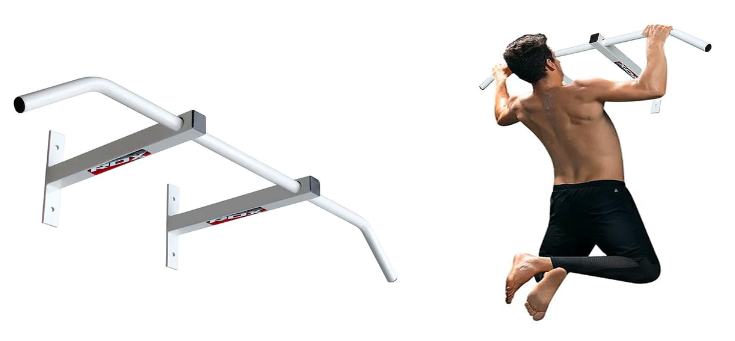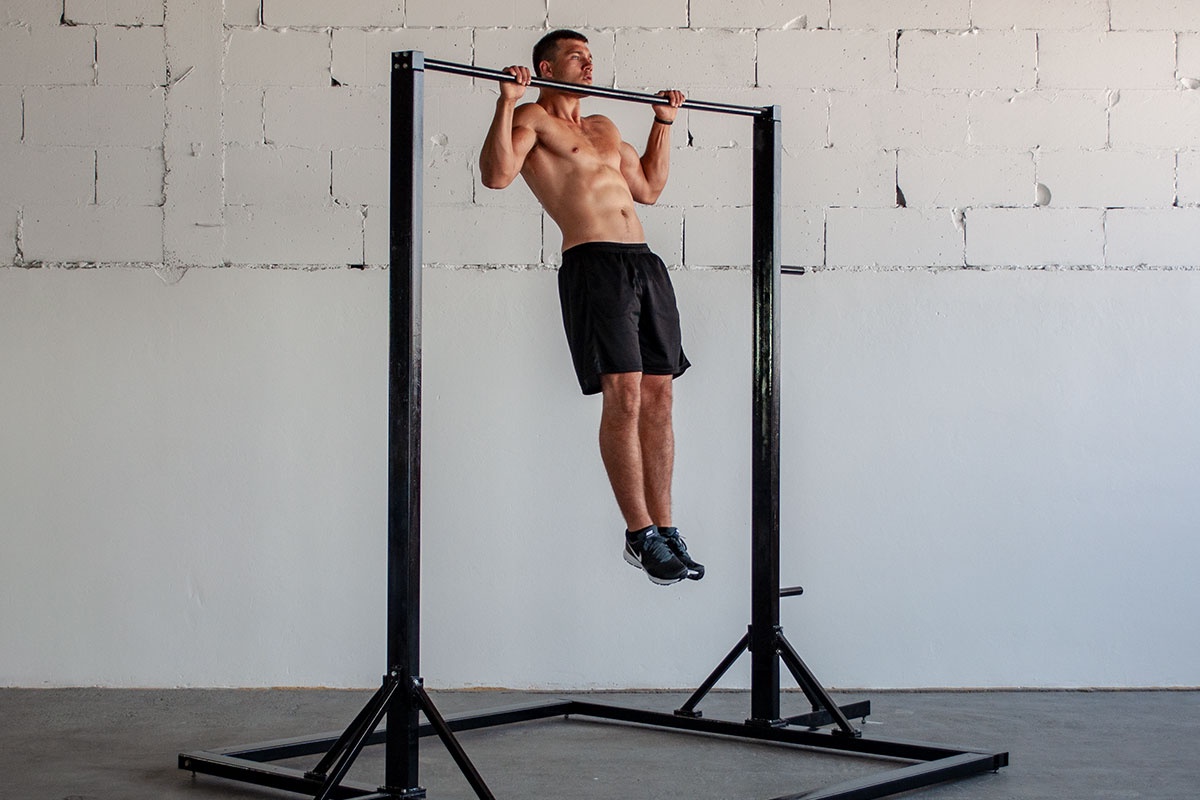Pull up bars are a versatile and effective piece of fitness equipment that can help you build strength, improve your posture, and enhance your overall fitness level. There are several types of pull up bars available, each offering unique features and benefits. In this article, we will explore the different types of pull up bars, their benefits, how to choose the right one for your needs, installation and safety tips, workouts you can do with a pull-up bar, and maintenance and care tips.
Types of Pull up Bars
Doorway Pull up Bars: These are the most common type of pull up bars and are designed to fit in standard door frames. They are easy to install and remove, making them ideal for home use.
Wall-Mounted Pull up Bars: Wall-mounted pull-up bars are attached directly to a wall or ceiling, providing a stable and secure platform for your workouts. They are usually more durable than doorway pull-up bars but require permanent installation.
Ceiling-Mounted Pull up Bars: Ceiling-mounted pull-up bars are similar to wall-mounted bars but are attached to the ceiling instead. They offer a higher weight capacity and are ideal for users who want a more permanent and stable option.
Freestanding Pull-Up Bars: Freestanding pull-up bars are standalone structures that do not require installation. They are usually larger and more expensive than other types of pull-up bars but offer greater stability and versatility.
Benefits of Using Pull up Bars
Strengthens Upper Body Muscles: Pull-up bars target several major muscle groups in the upper body, including the back, shoulders, and arms. Regular use can help you build strength and muscle mass in these areas.
Improves Grip Strength: Pull-up bars require you to grip the bar tightly, which can help improve your grip strength over time. This can be helpful for exercises like weightlifting and rock climbing that call for a firm grip.
Enhances Core Strength: Many pull-up exercises engage the core muscles, helping to improve your overall core strength and stability.
Convenience and Accessibility: Pull-up bars are relatively inexpensive and can be installed in your home or office, making them a convenient option for those who want to incorporate strength training into their daily routine.
How to Choose the Right Pull up Bar
When choosing a pull-up bar, there are several factors to consider:
Consider the Installation Area: Determine where you plan to install the pull-up bar and measure the space to ensure it will fit properly.
Weight Capacity: A pull-up bar should be able to sustain your body weight; check its weight capability.
Grip Types: Pull-up bars come with different grip options, such as wide grip, narrow grip, and neutral grip. Choose a bar with grips that are comfortable for you.
Additional Features: Some pull-up bars come with additional features, such as adjustable height or the ability to attach resistance bands for added resistance.

Installation and Safety Tips
Checking the Door Frame: If using a doorway pull-up bar, make sure the door frame is sturdy enough to support your weight.
Installing Wall-Mounted Bars: Follow the manufacturer's instructions carefully when installing a wall-mounted pull-up bar to ensure it is securely attached to the wall.
Using Proper Form: When doing pull-ups, avoid swinging your body or using momentum to lift yourself up. Instead, focus on using your upper body strength to pull yourself up.
Checking for Stability: Before using the pull-up bar, check to make sure it is stable and secure.
Workouts with Pull up Bars
There are several workouts you can do with a pull-up bar, including:
Standard Pull-Ups: Grasp the bar firmly with an overhand grip, positioning your hands at shoulder-width apart. Engage your upper body muscles as you lift your body upward, aiming to raise your chin above the bar.
Chin-Ups: Hold the bar with an underhand grip, ensuring your hands are shoulder-width apart. Engage your upper body muscles as you lift yourself upward, aiming to bring your chin above the bar.
Hanging Leg Raises: Hang from the bar with your arms fully extended and raise your legs until they are parallel to the ground.
Muscle-Ups: A more advanced exercise that involves pulling yourself up and over the bar in one fluid motion.
Australian Pull-Ups: Hold the bar with an overhand grip, feet on the ground, and body at an angle. Elevate your body until your chest meets the bar, maintaining a controlled and steady motion.
Maintenance and Care
To keep your pull-up bar in good condition, follow these maintenance tips:
Cleaning: Regularly clean the pull-up bar with a damp cloth to remove dirt and sweat.
Inspecting for Wear and Tear: Check the pull-up bar regularly for any signs of wear and tear, such as rust or loose bolts.
Lubricating Moving Parts: If your pull-up bar has moving parts, such as hinges or joints, lubricate them regularly to keep them functioning smoothly.
Conclusion
Pull up bars are a versatile and effective piece of fitness equipment that can help you build strength, improve your posture, and enhance your overall fitness level. By choosing the right pull-up bar for your needs, following proper installation and safety tips, and incorporating pull-up exercises into your workout routine, you can enjoy the many benefits of this simple yet effective piece of equipment.


No comments yet